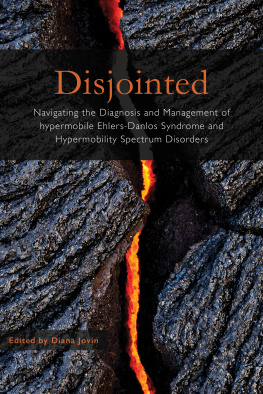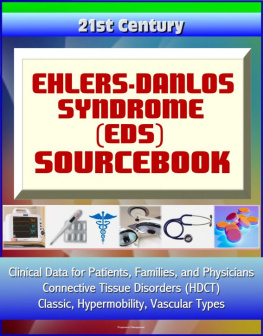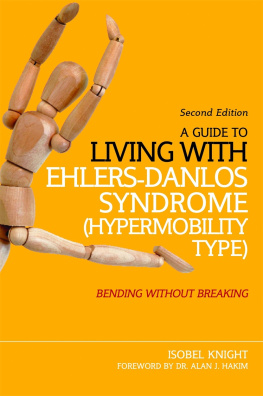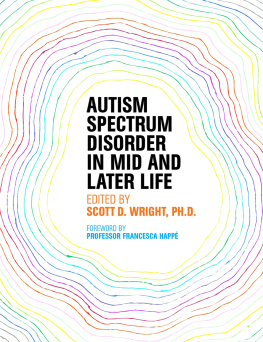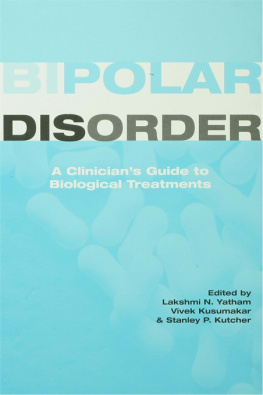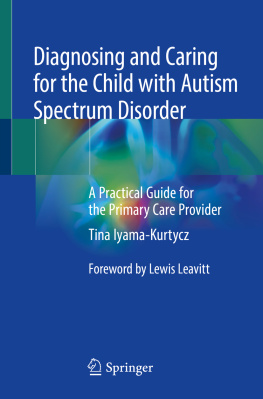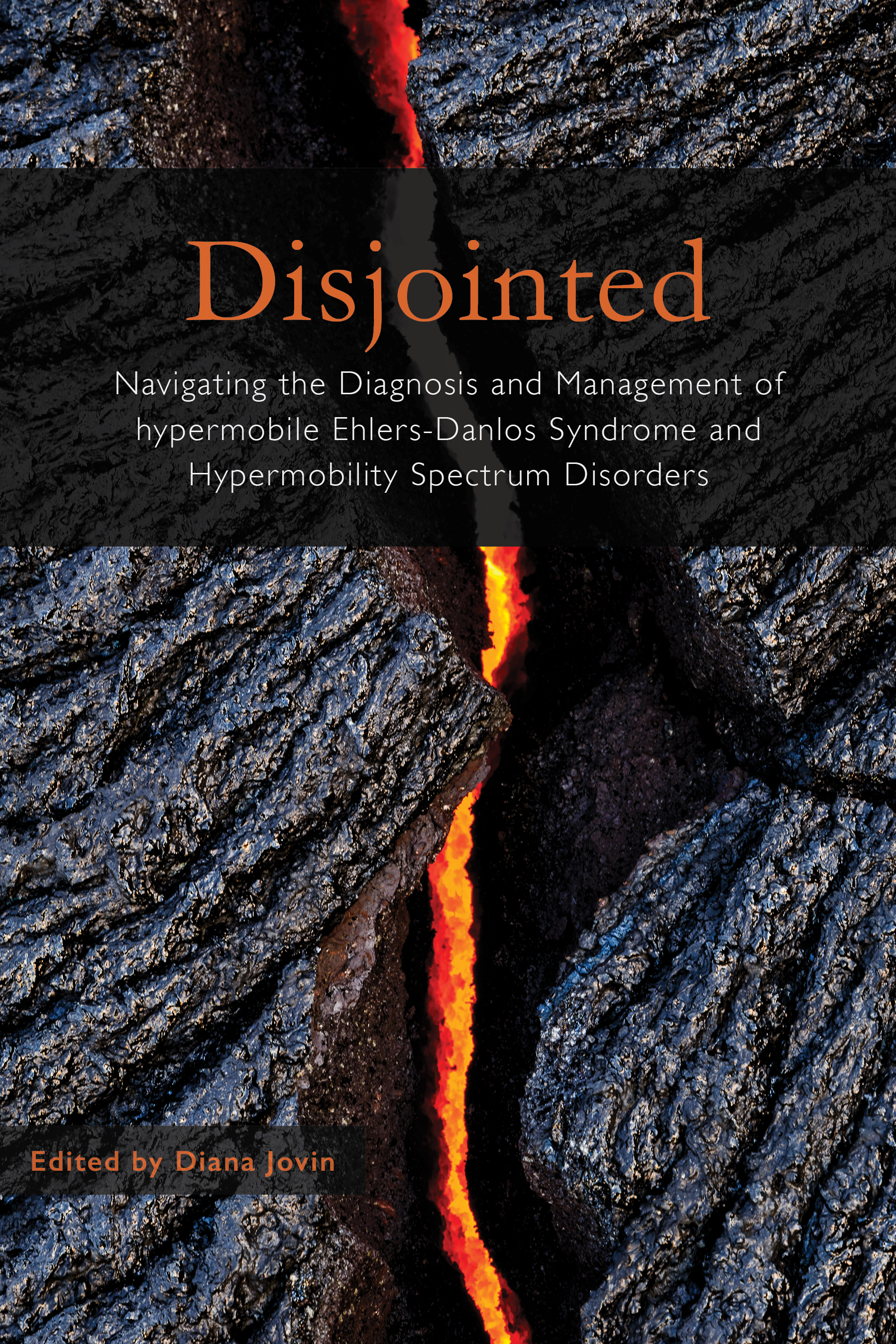Disjointed
Navigating the Diagnosis and Management of hypermobile Ehlers-Danlos Syndrome and Hypermobility Spectrum Disorders
Edited by Diana Jovin

Hidden Stripes Publications, Inc.
San Francisco 2020
Copyright & Legal Notice
DISJOINTED
Copyright 2020 Hidden Stripes Publications, Inc.
ISBN 978-1-7347949-1-5
Published 2020 by Hidden Stripes Publications, Inc.
www.hiddenstripes.com
Edited by Diana Jovin
Cover photography by C.J. Kale of Lava Light Galleries ( www.lavalightgalleries.com )
Original illustrations by Kendall Lane
Additional photography & illustration credits
Legal Notice: The information provided in this book is designed only as an information reference on the subjects discussed. This book is not meant to be used, nor should it be used, to diagnose or treat any medical condition and should not replace or be used instead of advice given to readers by their physicians. For diagnosis or treatment of any medical problem, readers should consult their physicians. The publisher and authors are not responsible for any specific health needs that may require medical supervision and are not liable for any damages or negative consequences from any treatment, action, application, or preparation, to any person reading or following the information in this book. References are provided for informational purposes only and do not constitute endorsement of any websites or other sources. Readers should be aware that the websites listed in this book may change.
All rights reserved. No part of this book may be reproduced or transmitted in any form or by any means, electronic or mechanical, including photocopy, recording, or any information storage or retrieval systems, including digital systems, without written permission from the publisher.
Contents
The Patient Experience
by Diana Jovin
Genetics
6.
by Kristin Herman, M.D.
7.
by Paldeep Atwal, M.D.
Musculoskeletal Concerns
8.
by Nancy Block, P.T., A.T.Ret.
9.
by John Mitakides, D.D.S., D.A.A.C.P.
Common Co-Travelers
10.
by Andrew J. Maxwell, M.D.
11. ab
by Anne Maitland, M.D. Ph.D.
12.
by David Saperstein, M.D.
13.
by Matthew Hamilton, M.D.
14.
by Jill Schofield, M.D.
Imaging & Surgery
15.
by Myles Koby, M.D.
16.
by Petra Klinge, M.D., Ph.D. & Abby McElroy, D.V.M., M.S.
17.
by Linda Bluestein, M.D.
Pain, Fatigue, Sleep & Diet
18.
by Pradeep Chopra, M.D.
19.
by Linda Bluestein, M.D.
20.
by Jordan Tishler, M.D.
21.
by Pradeep Chopra, M.D.
22.
by Alan G. Pocinki, M.D.
23.
by Jennifer Varga, M.P.H., R.D.
Womens Health
24.
by Tania Dempsey, M.D. & Lila Rosenthal, M.D.
25.
by Shanda Dorff, M.D., F.A.A.F.P.
Occupational Therapy
26.
by Emily Block, OTR/L
27.
by Emily Block, OTR/L
28.
by Emily Block, OTR/L & Nancy Block, P.T., A.T.Ret.
Psychiatry & Counseling
29.
by Alan G. Pocinki, M.D.
30.
by Richard Barnum, M.D.
31.
by Sarah Seward, Ph.D.
Resources & Perspectives
32.
by Kerry Gabrielson
33.
with Barby Halstead-Worrell & Shani Weber
34.
by Julie Lehrmann, LMSW & Haley Moraniec, LLMSW
35.
by Sarah Brewster
36.
by Jon Rodis
Conclusion
Introduction
by Diana Jovin, Editor
The idea of this book began with the question from my teen, Can you write down everything youve learned so that Ill be able to manage my health as an adult? For the condition called hypermobile Ehlers-Danlos syndrome (hEDS), that is a tall order. hEDS can affect every body system in unexpected ways, with symptoms that can change every year, every day, every hour, come on suddenly and then vanish, or remain chronic for years. In thinking about our four-year journey from the onset of acute symptoms to diagnosis to management, I felt some angst about how to answer her question, as the general state of medical support for diagnosis and management of individuals with hEDS is really inadequate. With this book, by bringing together the voices of physicians with deep clinical experience in the care and management of hEDS, my hope is that those with hypermobility disorders (and their families/communities) will have the tools, resources, and knowledge to seek and achieve intervention and support with less frustration and misdiagnosis and in a more complete way.
Although the effort of bringing this book together was born out of a place of deep frustration, I soon realized that lack of knowledge and awareness about hEDS in the broader physician community is only one facet of why this medical condition is so difficult to diagnose and address. The medical segment is itself in flux, in its infancy. The diagnostic definition of hEDS (as well as its name) has changed three times since 1988, and the genetic variant(s) that causes or contributes to hEDS is still unknown. As a result, because the diagnosis is still based on clinical criteria without a diagnostically specific marker, many physicians believe that what is called hEDS actually covers several different phenotypes, that is different symptomatic presentations of the condition. This makes it even more complicated for the physicians who rarely see it to understand how to treat it. In some patients, the primary symptoms might be musculoskeletal. In others, there may be a combination of dysautonomia, mast cell activation syndrome, and functional bowel issues along with generalized joint hypermobility. Understanding what hEDS is and how to treat it is still an evolving task.
Further, the design of the medical system with its siloed specialties works against patients who need physicians to look at issues that cross organ systems in a complex way. These silos make it difficult not only for physicians to see the bigger diagnostic picture, but also place the burden of overall management on the patient, who may already be suffering from symptoms such as fatigue and brain fog and may not have the time or energy to figure out whats needed next.
This system of specialty focus also works against physicians, as the business model for medicine is still based on specialty-specific treatment and rapid patient throughput. Insurance companies and their billing practices are not designed to support physicians who need many hours to work up a new patient with a complex condition such as hEDS, or who need to talk with one another across specialties to arrive at an optimal management plan. This makes the business model around supporting complex conditions difficult for physicians who may wish to build practices in these areas.
Despite these challenges, I was thrilled with the enthusiasm with which the medical professionals who do treat the hEDS population embraced participation in this project, despite their busy schedules. In the process of working with them, I observed a generosity, passion, and kindness that gives me hope that we are marching towards a more effective and complete understanding and management of hEDS in coming years.
For this medical segment, my hope is that this book can inspire others to advocate for:

